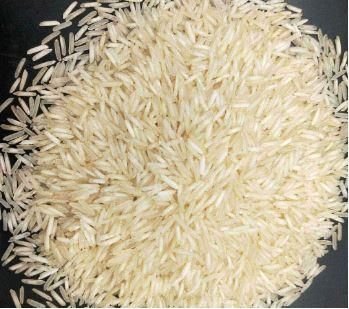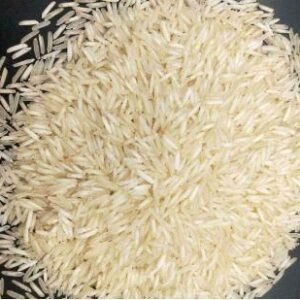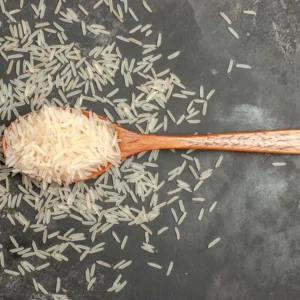Description
Overview
Rice is among the most widely consumed grains in the world, and its prices shift due to a complex mix of local and global factors. It is important to check weather conditions, geopolitical events, and export policies that can influence logistics capabilities and production. A rice export in Pakistan, it is hard to satisfy customer demands. It is an era of eating quality food. All over the world, exporters, consumers, and the food industry are becoming conscious of what they eat.
Basmati Rice Price in Pakistan (FOB Karchi for Export) is:
- 1121 Steam Basmati: Approximately $1,300 per ton
- 1121 Parboiled: Around $1,250 per ton
- Super Basmati (Milled): Approximately $1,120 per ton
- Super Basmati (Parboiled): Around $1,220 per ton
Understanding Basmati vs Non-Basmati Rice
| Feature | Basmati Rice | Non-Basmati Rice |
| Grain Length | Long , slender | Varies (medium to long) |
| Aroma | Naturally aromatic | Mild or no aroma |
| Texture When Cooked | Fluffy, separate grains | Sticky or soft, depending on the variety |
| Popular Uses | Biryani, pulao, fine dining | Daily meals, bulk cooking |
| Price Point | Premium | Economical |
| Major Markets | Middle East, Europe, USA | Africa, Asia, and domestic markets |
| Shelf Life | Longer with proper storage | Moderate |
For successful rice export, it is important to know the difference of basmati and non-basmati rice. Both are equally important- one is for volume, and one is for value.
Pakistan’s Growing Rice Export Success
In 2025, successful and stronger growth is experienced, especially with special demand or orders from China & Europe has increased exports by 70%, as they are selecting Pakistani rice over other rice. The successful growth and exports are due to quality standards, competitive prices, and clean export procedures.
Key Factors Driving Growth
- China’s Demand
- European Union Market
- Competitive Edge
- Government Initiatives
Exploring the Potential of Rice Exports
Due to its quality, Pakistani rice can take its rightful place in international markets. Basmati is cultivated in the province of Punjab and returns double or triple. Pakistani basmati rice is exported in tonnage with the same export value and volume. It depends you want to invest in more varieties or focus on any specific variety like basmati rice.
To achieve better returns, growers should select a high-yielding crop that may have little or no aroma or be fixed to a specific variety with high-quality and good aroma. Basmati rice has lower-yields compared to other varieties; however, its price fluctuates as per demand.
Pakistan has provided a unique product and excellent quality over the last 7-8 years. Due to proper research and development, a new pest-resistant variety of Basmati rice has been introduced- Punjab is the heartland for producing high-quality rice grain.
Opportunities and Challenges
Opportunities:
- Growing demand in Africa and Southeast Asia for non-Basmati
- High-end demand from Europe, the US, and the Middle East for Basmati
- Government takes steps to improve export incentives
- Adoption of accurate digital & agriculture traceability
Challenges:
- Shipping or Logistics and infrastructure bottlenecks
- Requirements for value addition (e.g., parboiled or organic rice)
- Global price volatility
What Makes Pakistani Rice Unique?
- Cleaning & De-Husking
- Grain Polishing & Grading
- Moisture Control & Storage
Types of Rice
- Long-Grain Rice
- Medium-Grain Rice
- Short-Grain Rice
Why Pakistani Rice?
- 100% High-quality grains
- Affordable cost
- Industry expertise
- Seamless supply chain, from farm to port.
For Farmers Traders, exporters, and Consumers
- Farmers- Basmati rice is the most profitable crop, and farmers depend on it, but if they are not getting their share. Many farmers face delayed payment problems, difficulties in storage, and unlimited bargaining issues. In case of a fall in prices, farmers work hard to cover the cost of seeds, labour, and fertilizers.
- For Traders and Exporters- Traders work as middlemen, their point of focus is different as they must check buying and selling prices. Their profit depends on the buying rate. Exporters also check international rules and shipping costs. If the buyer has increased orders, then they can earn a profit.
- For Consumers
Local consumer face problems when prices increase then their budget. Many families reduce the use of rice in case of an increase in prices or use cheaper varieties. In hotels, commercial units, and restaurants also manage their menu when rice is expensive.






